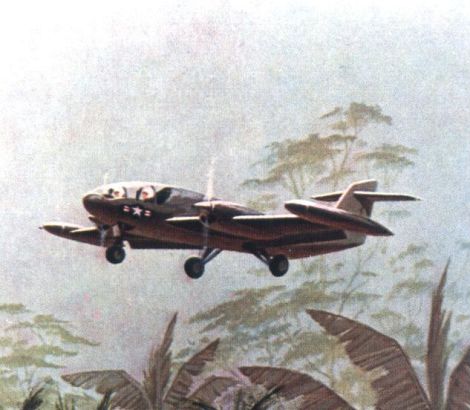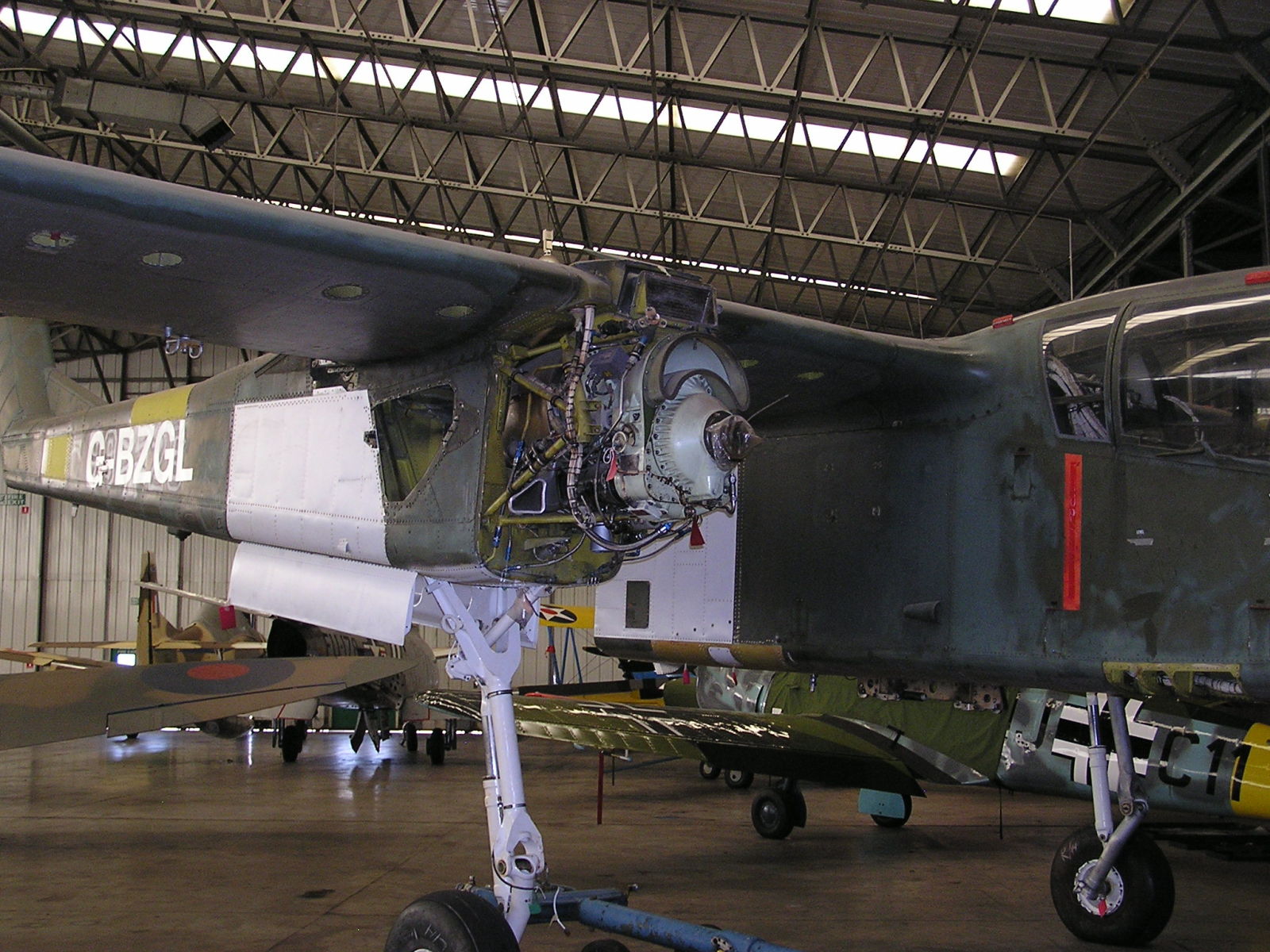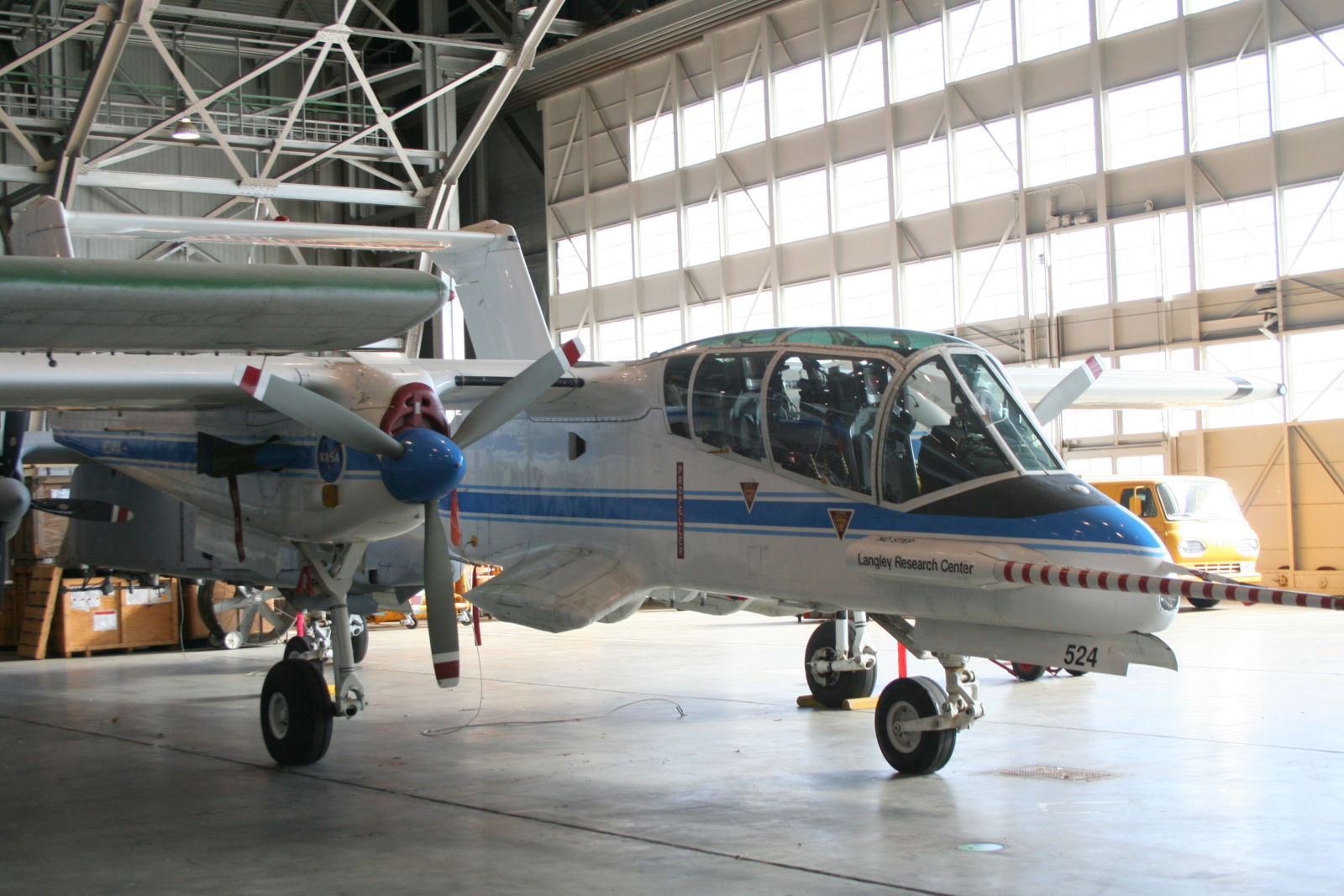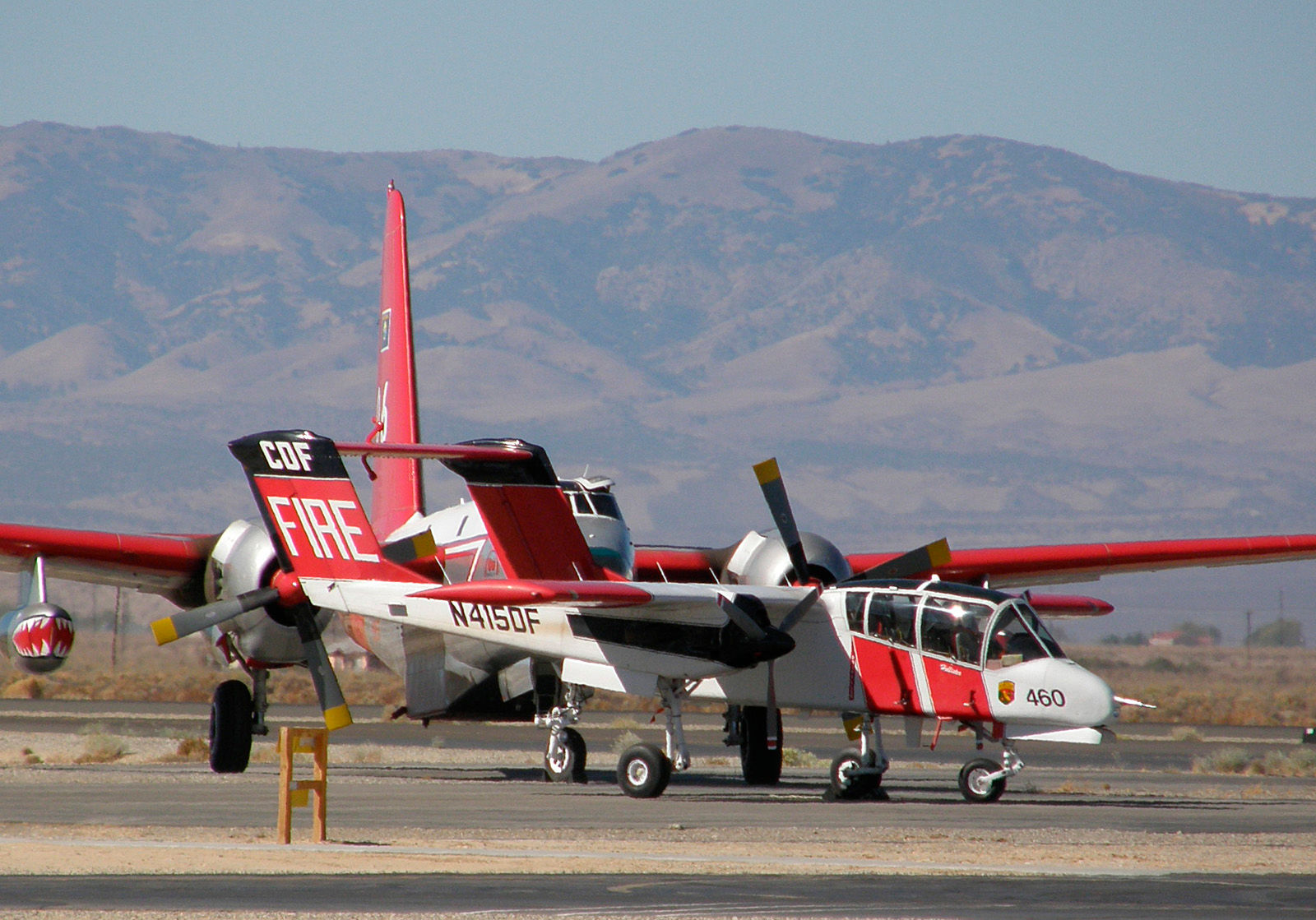
In 1963, the DOD released a specification for a new Light Armed Reconnaissance Aircraft (LARA) for the Army, Navy and USAF. The requirement was in response to an expected need for a new light Counter Insurgency/Close Air Support (COIN/CAS) aircraft, replacing the existing Cessna O-1 Bird Dog and Cessna O-2 Skymaster. The specification called for a two-man aircraft powered by two turboprops that could carry at least 2,400 pounds of cargo, six paratroopers or stretchers, and be stressed for +8 and −3 gs. It also had to be able to operate from an aircraft carrier, fly at least 350 miles per hour, take off in 800 feet and convert to an amphibian. Various armaments had to be carried, including four 7.62 mm machine guns with 2,000 rounds, and external weapons including a gun pod with 20 mm (0.79 in) M197 electric cannon, and AIM-9 Sidewinder air-to-air missiles.
Eleven proposals were submitted, including: the Grumman Model 134R tandem-seat version of the already-fielded U.S. Army’s OV-1 Mohawk (the U.S. Marine Corps dropped out of the Mohawk program in 1958), Goodyear GA 39, Beechcraft PD-183, Douglas D-855, Convair Model 48 Charger, Helio 1320, Lockheed CL-760, a Martin design (the model number, if any, has been lost to history), and the North American Aviation/Rockwell NA-300.
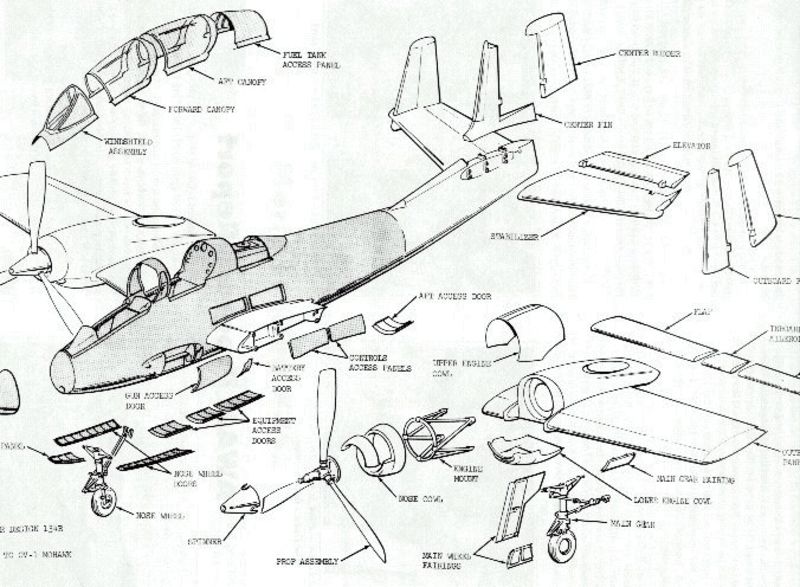
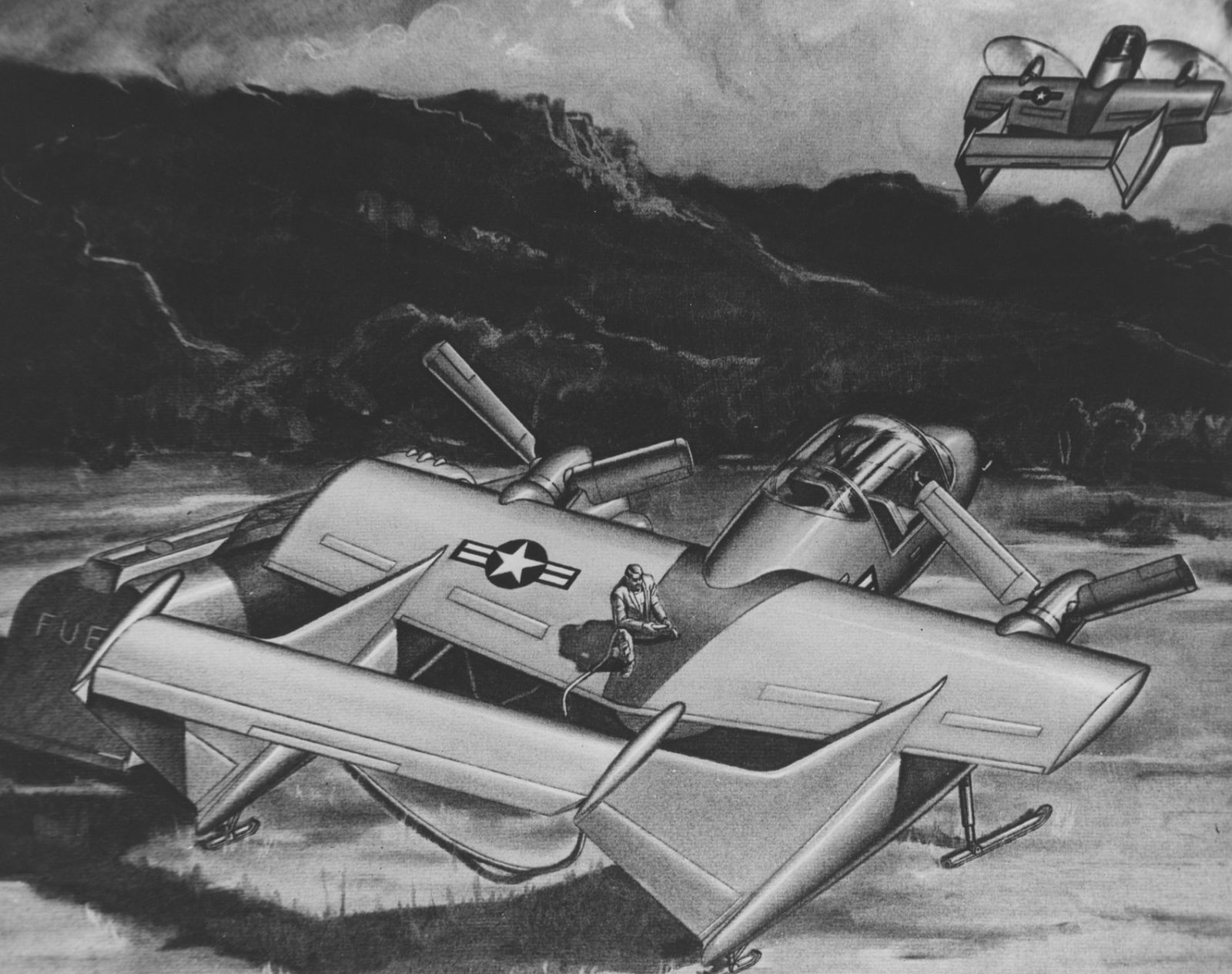

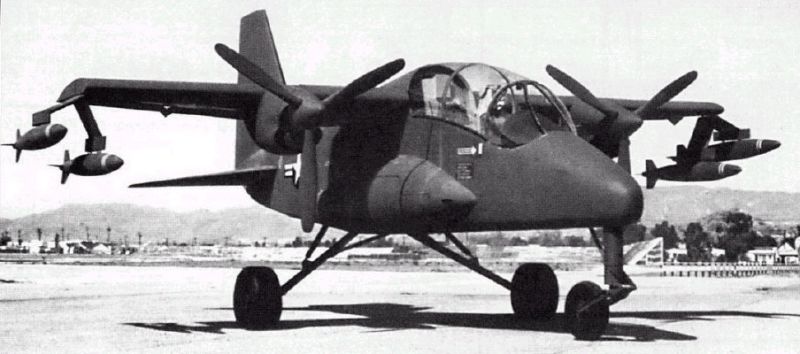
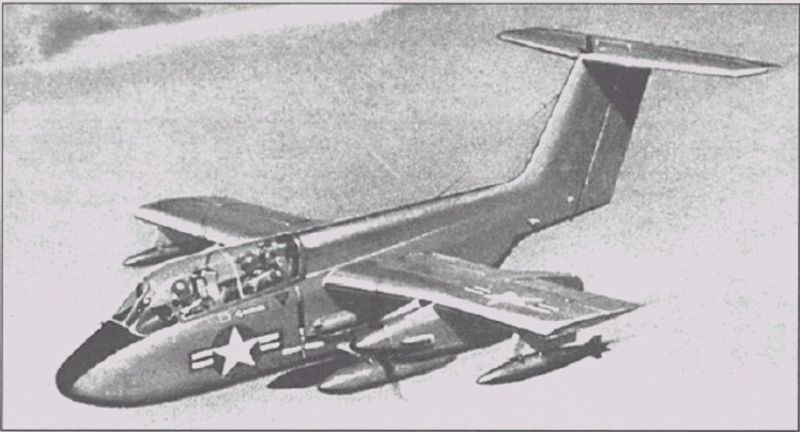
In August 1964, the NA-300 was selected, and designated the OV-10 Bronco. A contract for seven prototype aircraft was issued in October 1964. Convair contested the decision, citing the Charger’s somewhat better performance. The company built a prototype, with first flight on 29 November 1964. The prototype crashed on 19 October 1965, ending Convair’s program, and was the last aircraft to wear the Convair nameplate.
The first YOV-10A flew on 16 July 1965, flying on Honeywell T76 turboprops. The airframe had a central gondola holding the pilot and backseater in tandem, although the back seat could be removed, allowing the carriage of three thousand pounds of cargo, five paratroopers or two litters and an attendant. Two sponsons on either side of the lower fuselage could house 2 7.62 mm M60C machine guns each, as well as two racks for drop tanks, bombs or rocket pods. An additional hard point was provided on the wings outboard of the engines. The OV-10 was designed with operations from austere forward bases in mind. The Bronco was able to land and take-off from short, rough fields as well as aircraft carrier or amphibious assault ships, without the use of catapults or arresting wires. Maintenance could be done with ordinary tools, and no ground equipment was needed to start the engines, which could run on high-octane automobile fuel, if needed.
Broncos served in Vietnam with the USMC, Navy and USAF, acting as a forward air-controller (FAC), day and night strike direction, gunship direction, bomb damage assessment, visual reconnaissance, aerial artillery direction, and as escorts for helicopters. Racked armament in the Vietnam War was usually seven-shot 2.75 in (70 mm) rocket pods with white phosphorus marker rounds or high-explosive rockets, or 5 in (127 mm) four-shot Zuni rocket pods. Bombs, ADSIDS air-delivered/para-dropped unattended seismic sensors (Operation IGLOO WHITE), Mk-6 battlefield illumination flares, and other stores were also carried.
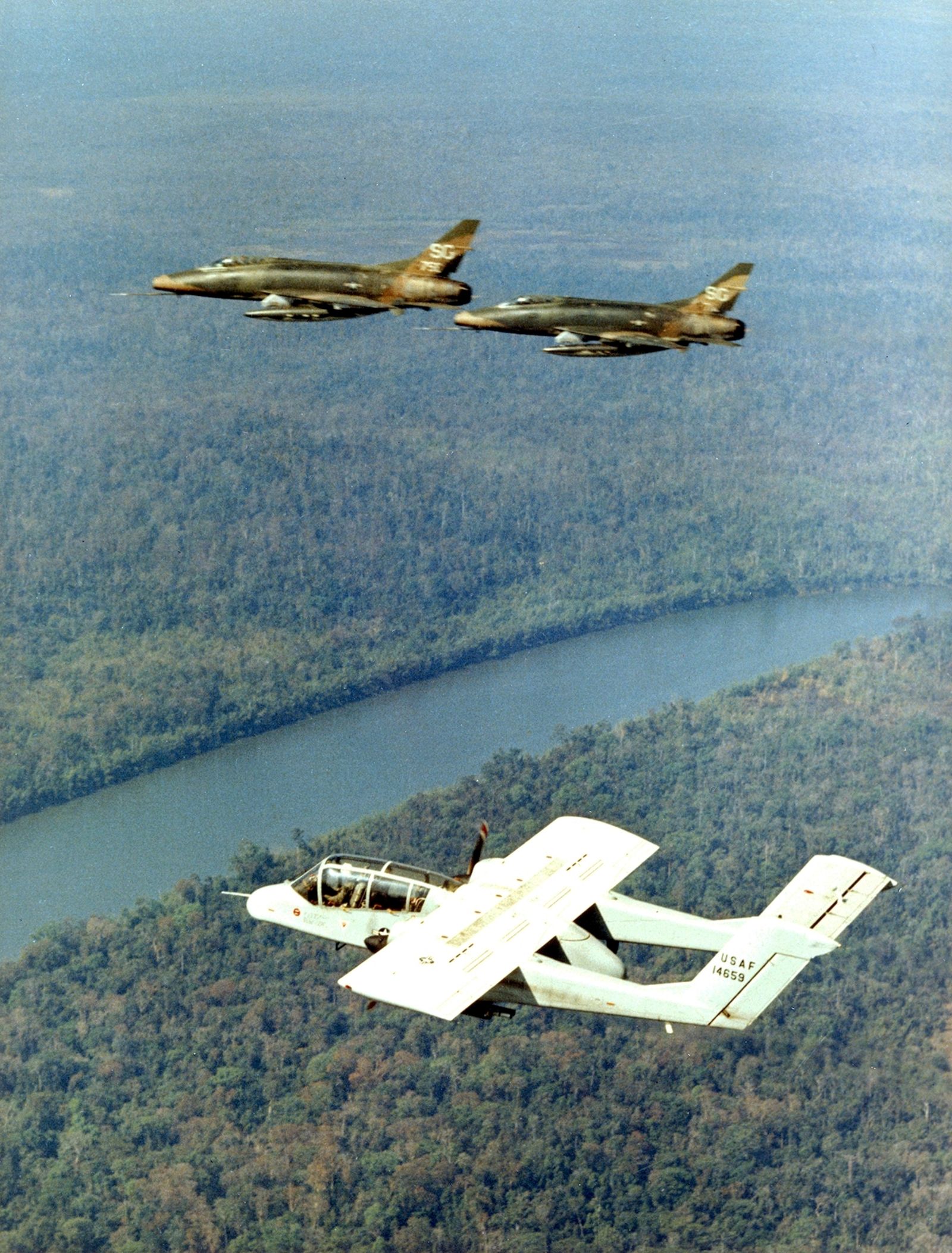
In 1971, the 23d TASS’s OV-10A Broncos received modifications under project Pave Nail. Carried out by LTV Electrosystems during 1970, these modifications primarily included the addition of and AN/AVQ-12 PAVE SPOT pod, which contained a stabilized periscopic night vision sight and laser designator, as well as LORAN equipment. The call sign Nail was the radio handle of this squadron. These aircraft supported interdiction of troops and supplies on the Ho Chi Minh Trail by illuminating targets for laser-guided bombs dropped by McDonnell F-4 Phantom IIs.

The OV-10 was found to be underpowered, with several crashes attributed to pilots being unable to pull out of dives. These experiences, as well as those of earlier USMC and USAF programs to equip the Bronco with night vision systems resulted in the OV-10D variant, which were powered by uprated Garrett T76-G-420/421 turboprops driving larger fiberglass props. The OV-10D also had a redesigned nose housing an IR turret, as well as IR suppressors on the engine exhaust and chaff/flare dispensers on the engine booms. Seventeen OV-10As were modified to the OV-10D standard.
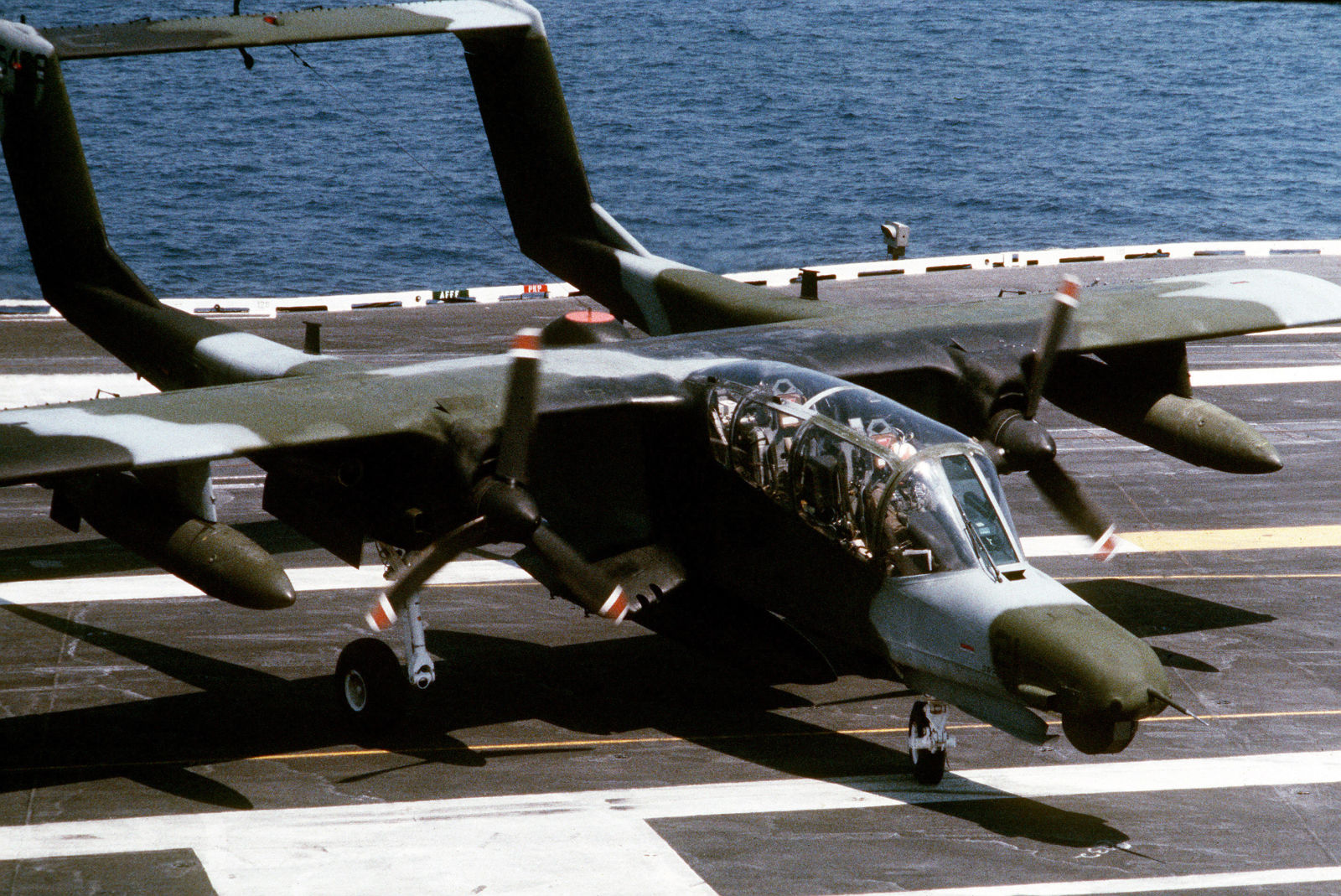
OV-10S were exported to several other countries:
- West Germany acquired 18 OV-10B target tugs in the late 1960s. These aircraft were modified with a plexiglass dome over the aft cargo bay for the target operator. The Bronco was retired in 1990.
- Thailand obtained 32 OV-10C in the 1970s for COIN missions. Three aircraft have been placed on display, with the balance going to the Philippine Air Force in 2011.
- Venezuela purchased 16 OV-10Es, which were reinforced by ex-USAF OV-10As over the years. Due to souring relations with the US, the initial plan to replace them with Embraer Super Tucanos has been dropped, and Mil Mi-28 attack helicopters are being purchased in their place.
- Indonesia purchased a dozen OV-10F, modified with .50 M2 Browning heavy machine guns in place of the 7.62mm mounted on OV-10As. These aircraft were further modified to carry Russian munitions in place of NATO/US made bombs. After a fatal accident in 2013, the decision was made to retire the Bronco in favor of the Super Tucano.
- The Royal Moroccan Air Force acquired six former-U.S. Marine Corps OV-10As in 1981. Based in Marrakesh Menara Airport, these were employed in counter-insurgency operations against Polisario forces in the Western Sahara War using rocket pods and gun pods.
- The Philippine Air Force (PAF) received 24 OV-10As from U.S. stocks in 1991, later followed by a further nine from the United States,[34] and eight ex-Thai Air Force OV-10Cs in 2003–2004. The PAF flies Broncos on search-and-rescue and COIN operations in various parts of the Philippines. PAF OV-10 Broncos have been repeatedly used in air strikes against Moro Islamic Liberation Front positions during ongoing fighting in 2011, and two were used in an air strike on February 2012 which resulted in the death of three Abu Sayyaf and Jemaah Islamiyah commanders, among others. Philippine Air Force OV-10s have been reportedly modified in order to employ modern smart bombs. As with other forces, the PAF anticipates retiring their OV-10s in the near future for Super Tucanos.
USMC Broncos were sent to Iraq during Operation DESERT SHIELD/STORM in 1990/1, acting as FAC aircraft. The USAF did not deploy their remaining Broncos, as they were feared to be vulnerable to Iraqi AAA and SAMs. The Gulf War marked the last deployment of US Broncos, with the type retiring in the middle 1990s in favor of F/A-18 and OA-10 for the FAC role.
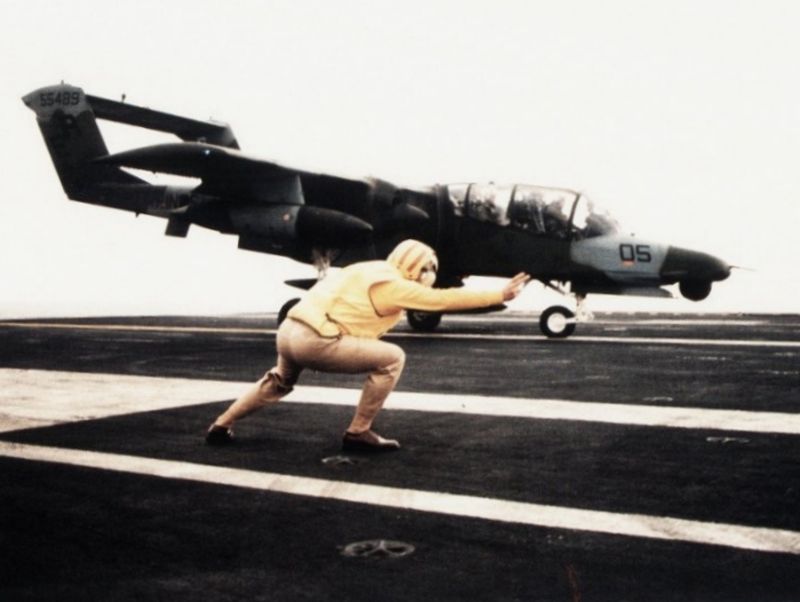
Retired Broncos have wound up flying for NASA in wake turbulence and noise studies, for the US Department of State in drug interdiction missions, and for the BLM as well as with CALFIRE as spotter and coordination aircraft for aerial firefighting missions.
